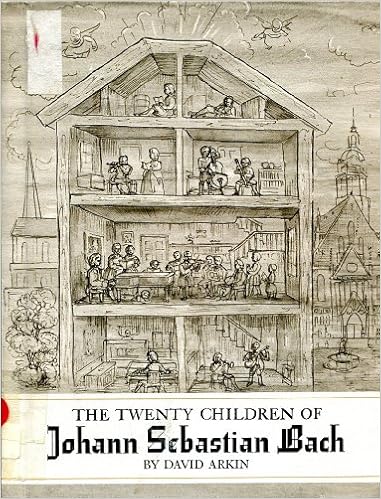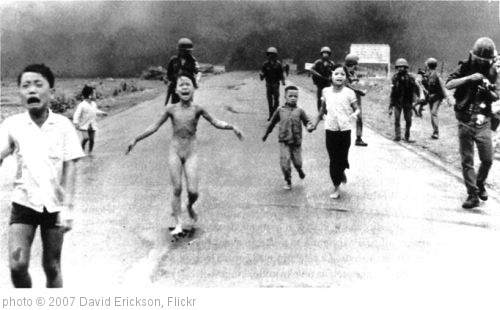 The first question you must ask yourself before you decide to read this book: can you accept the premise of the cremated ashes of his deceased father speaking aloud from the funeral urn to a twelve year old boy? Second question: do you like golf? If you answer both of these questions in the affirmative, this book is for you. If you can deal with the talking ashes, but you’re not much of a golf fan, you might still want to go along fro the ride. (I did.)
The first question you must ask yourself before you decide to read this book: can you accept the premise of the cremated ashes of his deceased father speaking aloud from the funeral urn to a twelve year old boy? Second question: do you like golf? If you answer both of these questions in the affirmative, this book is for you. If you can deal with the talking ashes, but you’re not much of a golf fan, you might still want to go along fro the ride. (I did.)
Ben Hogan Putter (get the pun, “putter”, as in golf?) just lost his dad to cancer. Now Ben has a permanent lump in his throat that he believes is an actual golf ball, and his barbecue-loving, golf-loving daddy is speaking to him from beyond the grave, asking Ben to take his ashes to Augusta, Georgia, home of the most famous golf course in the world. That’s where Ben’s daddy, Bo Putter, wants his ashes to rest: Augusta National Golf Club.
On the journey from his home in Hilltop, Alabama to Augusta, Georgia, Ben Putter acquires a traveling companion, a girl named Noni. The two of them beg, borrow, and steal their way across country to get to Augusta in time for the Masters Tournament. Both children have secrets, and both have daddy issues. The suspense in the story is tied up in whether or not they will be able to get to Augusta in time for the Masters, but also in how the two will resolve their respective relationships with their fathers. It’s a tearjerker, very emotional.
Almost too emotional. Ben Putter works out years of grief, anger, estrangement and misunderstanding over the course of a few days. And Noni has a deep-seated trauma of her own to work though. There are several very sentimental and pathos-filled scenes in which Ben Putter talks to his dad, in which the two children take a stand against the segregationists of the early 1970’s, in which Noni forgives and reconciles with her father, in which Ben says good-bye to the father who never really understood him. Much Sturm-und-Drang. Father issues. Tears and trials.
But it’s not a bad little Mississippi, golfing, and dealing with death story.








